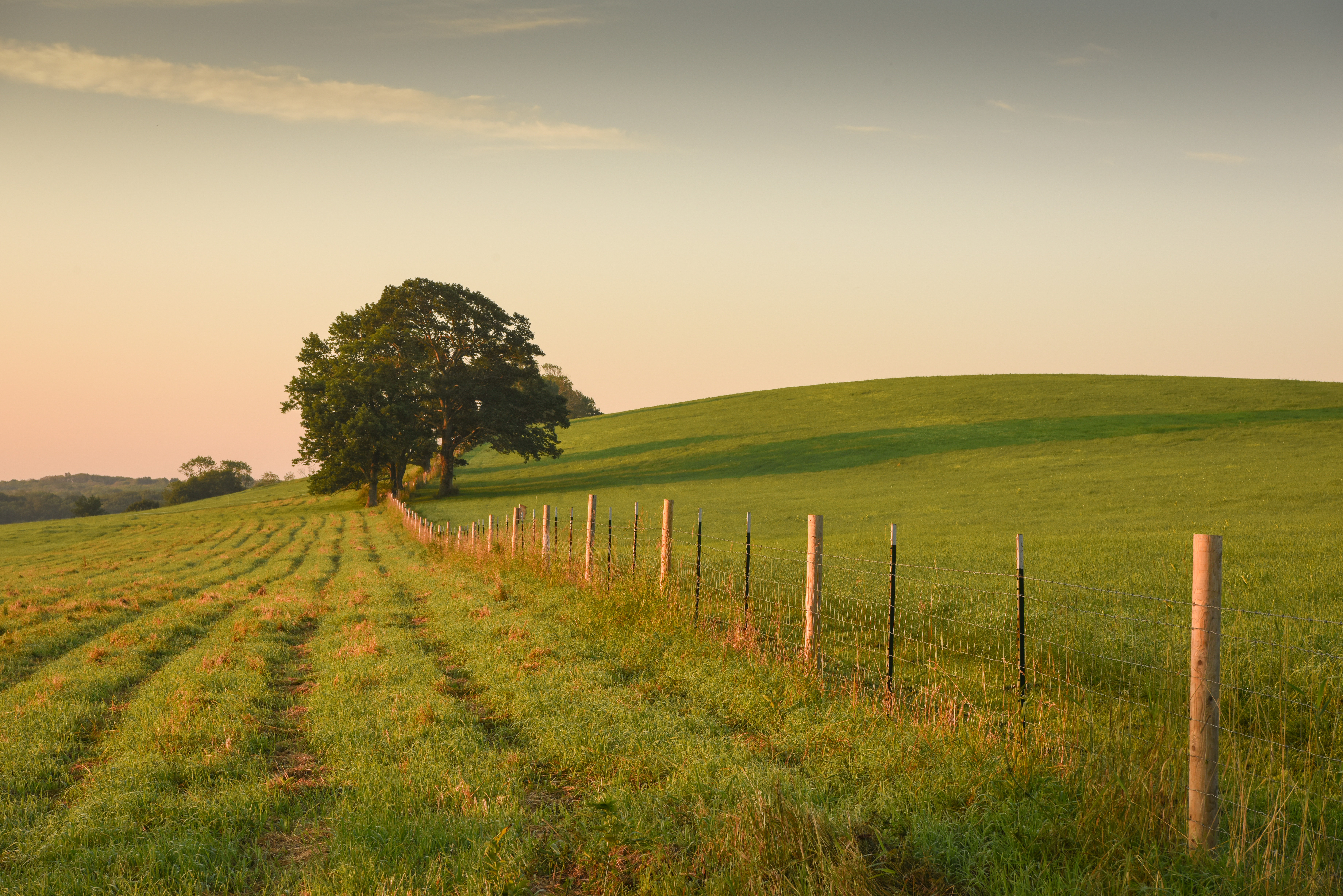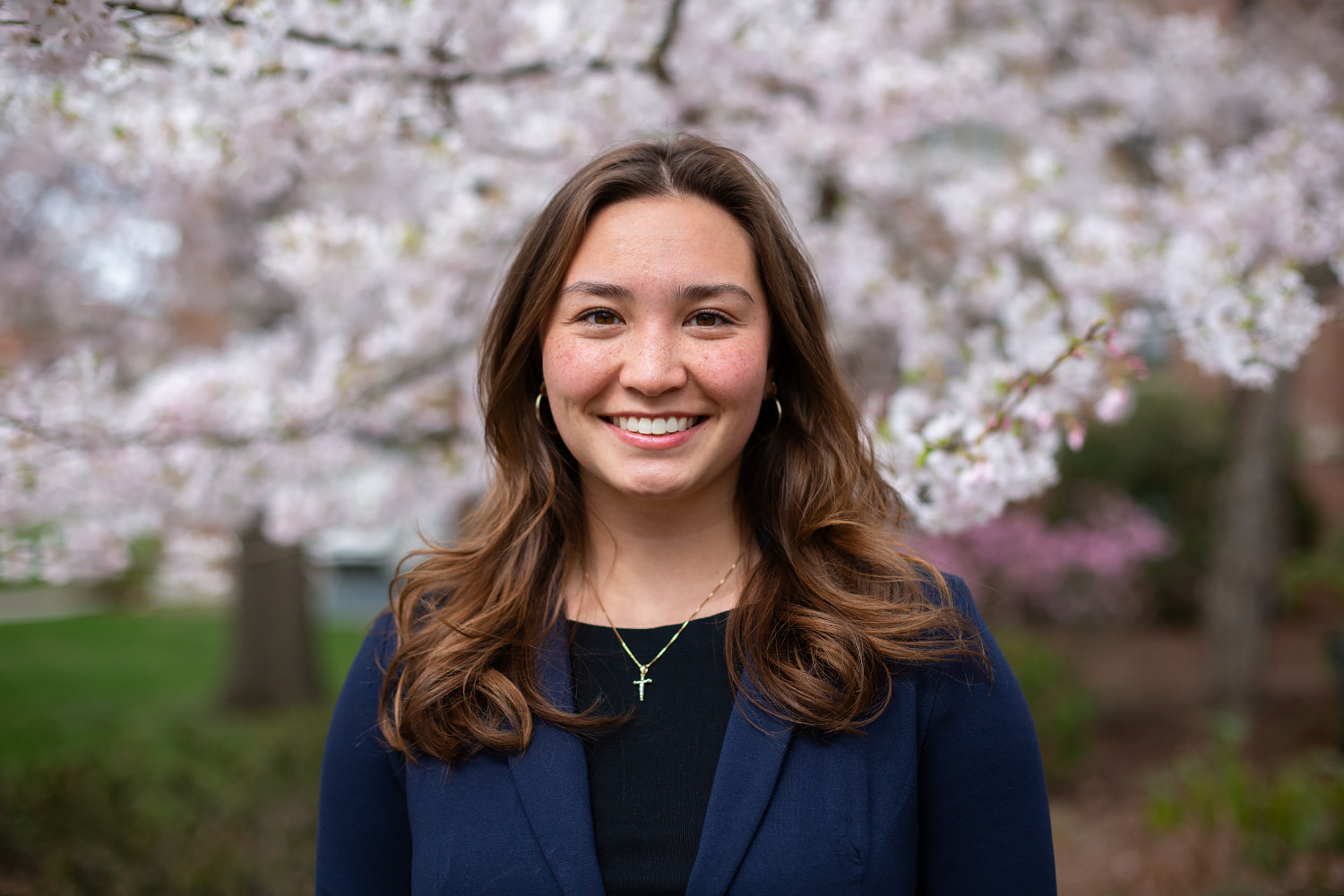
‘Goya, Carriere and the Ghost of Bunuel,’ Broken Down by Director Jose Luis Lopez Linares (EXCLUSIVE)
“Goya, Carrière and the Ghost of Buñuel,” which plays Cannes Classics this Saturday, begins with French film great Jean-Claude Carrière in a train, singing an ancient song in Occitan, the language of Provence, where he came from.
Visiting Goya’s birthplace, he’ spies a cauldron and comments that there was one like that in his own family home.
Towards the end of the film, surveying “The Colossus,” Goya’s painting of a giant dominating tiny people in a valley below who flee in all directions, Carrière observes that the painting capture a sense of immigration. Unlike so many of his friends, and indeed his wife, Nahal Tajadod, Carrière notes, he will have the privilege of being buried in the same place where he was born.
Directed by José Luis López Linares, (“Bosch: The Garden of Dreams”), ”Goya, Carriére and the Ghost of Buñuel” pictures Carrière coming to Spain to revisit and comment many of the great works of Francisco de Goya.
Carrière first came to real notice when photos in the ‘60s began to catch him, a rather dashing and dapper young man but with the straggly beard and hair of the time, walking or writing with Luis Buñuel.
Co-author of all of the Spanish master’s late period French films, such as “Belle de Jour” and “The Obscure Object of Desire,” Carrière went on to co-write movies by some of the world’s other greatest auteurs, whether Milos Forman (“Valmont”), Volker Schlöndorff (“The Tin Drum”) or Julian Schnabel (“At Eternity’s Gate”).
So “Goya” captures Carrière doing what he did best: Interpreting genius. First visiting “The Threshing Ground,” Goya’s 1786 breakthrough work, he breaks it down in a few brief strokes: the painter’s sympathy for ordinary folk, caught in the class contrast between the castle looming in the background, and the hay rick in foreground, which Goya paints as if it were bigger.
Jean-Claude Carrière died suddenly in February 2021. The emotional impact of the documentary comes from its using his visit to Spain to suggest his larger life journey and a throughline stretching back via Buñuel, to Goya himself..
“You have to think of Luis Buñuel and Jean-Claude in the same breath as you do Goya,” says Julian Schnabel in one of the film’s selective third-party commentaries.
“The generosity and at the same time the freedom and the youth. At 89 years old, he was an absolute child but he had an encyclopaedia of feeling and talent. We won’t see many people like Jean-Claude Carrière coming through these doors,” Schnabel added.
Sold by Reservoir Docs, “Goya, Carrière and the Ghost of Buñuel” is produced by France’s Mondex Films and Milonga Productions, Spain’s López-Li Films and Zampa Audiovisual and Portugal’s Fado Filmes.
“José Luis and Jean-Claude’s combined talents has proven a perfect match. They were able to avoid a mere monography and overlasting ‘catalogue raisonné,’ catching the very essence of Goya’s vision and reflections about the human condition,” said Guy Amon and Stéphane Sorlat at Mondex. “It has been a privilege to take part in the adventure and we are deeply moved by their inspired work which is a reward far beyond our best expectations as producers.”
Variety talked to López Linares whose doc features have played Berlin (“The Chicken, the Fish and the King Crab”) and Venice (2003’s “Un instante en la vida arena”) and now Cannes.

“Goya, Carrière and the Ghost of Buñuel” delivers a guide to Goya and captures Jean-Claude Carriere at the height of his powers, interpreting genius. How did that mixture come about?
After the success of “Bosch: The Garden of Dreams,” which was made with France, we had the chance to make this film. My idea was for Jean-Claude to collaborate On the screenplay. He preferred not to write but he did come to Spain for 10 days. We didn’t really talk in detail about what he should do. He would stand in front of a painting and would start to tell a story and say what he wanted. Yes, he was a genius at interpreting, and what he said was beautiful and fascinating…
I have the impression that the documentary invented itself as it was being shot…
We shoot all our documentaries without a predetermined script. When Jean-Claude says goodbye to the two “Maja” paintings in the Prado, we never imagined it was for real. We didn’t expect Jean-Claude’s death, which made us rethink the film. We wanted to portray the process of making the documentary, and suggest his life, told by his friends, people who knew him. Yes, there’s a certain sense of journey as he visits Goya’s birthplace and remembers back to his own youth. We’d finish a shot but we’d keep the sound running because Jean-Claude would go on telling fascinating tales…
As a director, what were your guidelines when making “Goya, Carrière and the Ghost of Buñuel”?
Follow Jean-Claude. I’d say: “When you’re ready, and Jean-Claude would be off. Sometimes in the Prado, we didn’t even know which way he’d go, and weren’t really prepared! Then find the sense of the film in editing., and bring in other commentators.
One of whom appears to give a highly original interpretation to Goya’s celebrated 1795 “The White Duchess”, a portrait of the Duchess of Alba painted when Goya was totally deaf….
I’m not sure if everybody realises that Goya lost his hearing totally, in a matter of several weeks. The film emphasises this to a certain point. He had to write down everything to be understood. We wanted to give something of an idea of how his life must have changed….











































































